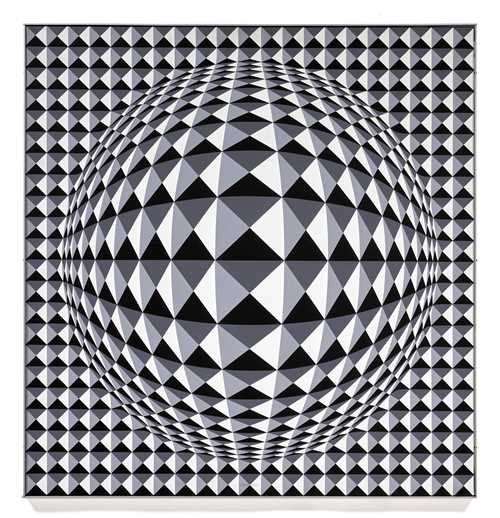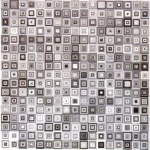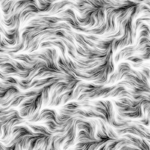A Journey Through Op Art
Op Art, short for Optical Art, is an artistic movement that plays with human perception through geometric forms, high-contrast color patterns, and visual illusions. Emerging in the mid-20th century, Op Art challenges the way we see and interpret images, creating movement and depth from static compositions. From its historical roots to its modern-day evolution with digital tools, Op Art remains one of the most fascinating intersections between art and science.
The Origins of Op Art
The foundations of Op Art can be traced back to early 20th-century movements like Constructivism, Bauhaus, and Futurism, where artists explored geometric abstraction and the perception of motion. However, Op Art became a recognized movement in the 1960s, largely credited to the influential 1965 exhibition The Responsive Eye at the Museum of Modern Art in New York. The show featured works that manipulated visual perception, engaging viewers in an almost physical interaction with the art itself.
Pioneers of Op Art
Several key figures defined the Op Art movement:
- Victor Vasarely – Often considered the “father of Op Art,” Vasarely’s work featured bold geometric patterns and vibrant colors that created illusions of depth and motion.
- Bridget Riley – Known for her black-and-white compositions that produce dynamic visual effects, Riley’s works evoke a sense of movement and vibration.
- Jesus Rafael Soto – Incorporating kinetic elements, Soto’s art engaged viewers by altering their perception as they moved around the piece.
- Julian Stanczak – A Polish-American artist whose work explored the psychological effects of color and perception, pushing the boundaries of Op Art beyond monochrome patterns.



The Role of Technology in Op Art
Op Art was originally produced through traditional media such as painting and printmaking, but technology has profoundly expanded its possibilities.
- Computer-Generated Art – The rise of digital tools allowed artists to explore precision and complexity beyond human limitations. Algorithms and coding have enabled intricate patterns, gradients, and motion effects that were previously impossible.
- Digital and Interactive Installations – Contemporary Op Art has expanded into virtual reality (VR), augmented reality (AR), and projection mapping, allowing viewers to engage with the artwork dynamically.
- Generative Art and NFTs – Blockchain technology and smart contracts have enabled artists to create generative Op Art NFTs, where algorithmic variations produce unique, ever-changing works.
The Future of Op Art
As technology continues to evolve, Op Art is set to explore new frontiers. With AI-driven generative art, real-time interactivity, and even biofeedback-based visual responses, the movement is no longer confined to the canvas. Op Art now thrives in the digital realm, influencing everything from fashion and design to user interfaces and immersive experiences.
At AlphaWorks, we embrace the intersection of art, mathematics, and technology, exploring how these principles can shape the next wave of digital expression. The hypnotic illusions of Op Art are more than just aesthetic play—they challenge our perception, engage our senses, and redefine how we experience the visual world.
Modus


